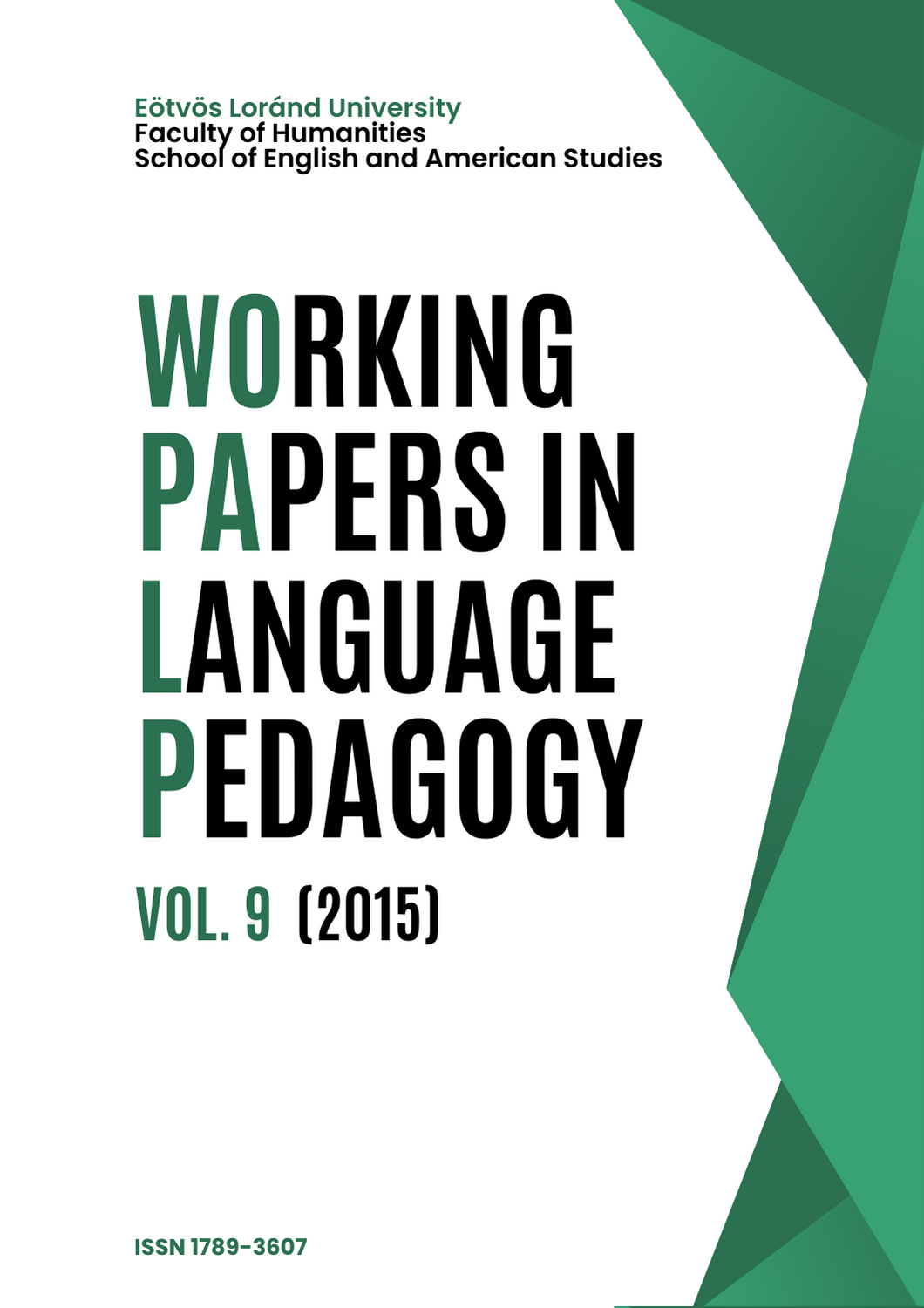The Multilingual Inner Discourse of Vietnamese-Hungarian Bilinguals in Solving an L3 Problem-Solution Task: An Exploratory Study
DOI:
https://doi.org/10.61425/wplp.2015.09.82.111Keywords:
multilingualism, inner discourse, picture-based L3 story, L2-L3 language couplingAbstract
This small scale exploratory study looks at the ways in which individuals who know and use more than two languages in their daily communication employ these languages in their inner discourse when they solve a linguistic task in their third language. Research into monolingual and bilingual inner discourse has revealed that societal speech is the prime mover of inner discourse and that the languages we use in social interactions are found in our inner discourse too (Barber, 1980; Bedford, 1985; Chapman Parr & Krashen, 1986; Honeycutt, 2010; Krashen, 1983). However, we know little about how this works in the case of those who organize more than two languages in their linguistic repertoire. Ten proficient bilingual Vietnamese-Hungarian secondary school students were therefore invited to provide a story in English to a series of wordless pictures. All ten participants were learning English as a first foreign language in an academic environment where the medium of instruction was Hungarian. The study used the concurrent think-aloud method to gather data. Transcribed verbal data were processed using the standards of private speech coding and analysis. The participants employed with great flexibility the languages at their disposal; however Vietnamese, the participants’ first language, had a meagre presence in the whole of the gathered data. This seems to indicate that language reliance in non-native languages is largely guided by efficiency: languages are relied on depending on their contribution to the successful completion of the task. Insertion and language alternance were the main patterns identified of L2-L3 coupling. Although the study provides data about a small group of multiple language users, it may be informative to educators engaged in the teaching multilingual learners. Further investigations are needed to reveal how the bilingual hierarchical model of language storage and processing may be extended to map the storage and processing of three languages.




